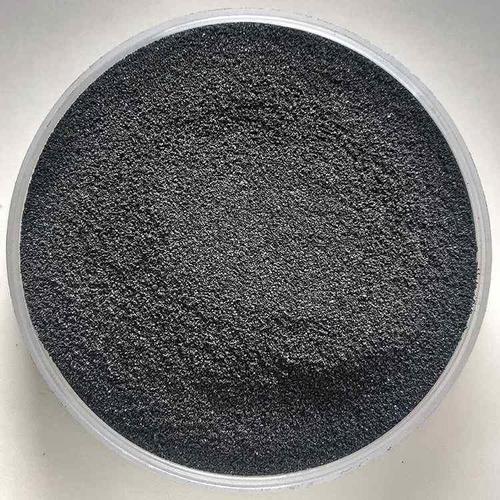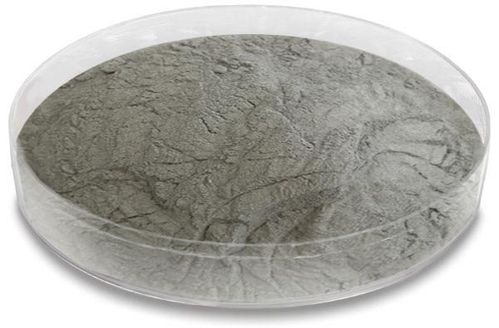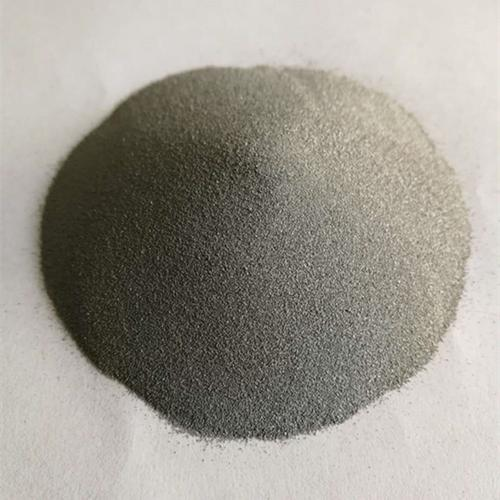**Tungsten: Heavyweight Champion or Space-Age Metal? Let’s Settle This**
(Is Tungsten a Metal? Confirming Its Metallic Status)
You’ve probably heard of tungsten. Maybe in science class, or when someone talks about tough materials. Bulbs, rockets, even fancy wedding rings—it pops up everywhere. But here’s the thing: is it really a metal? Or is it some lab-made sci-fi stuff? Let’s dig into the details.
First off, tungsten sits on the periodic table with the symbol “W.” That “W” stands for wolfram, its older name. If you check the table, you’ll find it hanging out with metals like iron and copper. That’s a clue. But looks can be deceiving. To be sure, we need to ask: does it act like a metal?
Metals share certain traits. They conduct electricity. They’re shiny. They bend without breaking (mostly). Tungsten? It checks every box. Zap it with electricity, and it happily carries the current. Polish it up, and it gleams like a mirror. Try bending it? Good luck—it’s crazy hard. But hardness doesn’t make it less metallic. Think of iron: hard too, but still a metal.
Here’s where it gets wild. Tungsten has the highest melting point of any metal—3,422°C. That’s hotter than lava, hotter than most furnaces. This is why rockets use tungsten in parts that face extreme heat. It doesn’t melt. It doesn’t warp. It just… handles it. Metals are known for handling heat, right? Tungsten takes that talent to the max.
But wait. Some people argue it’s too brittle to be a “real” metal. True, pure tungsten can snap if you hit it hard. But mix it with a bit of carbon or other metals, and it becomes tougher. Steel is the same way—pure iron is soft, but add carbon, and you get something stronger. Tungsten alloys are everywhere, from drill bits to fighter jets. If being alloyed disqualifies it, then steel isn’t a metal either. That doesn’t make sense.
Let’s talk history. Tungsten was discovered in 1781. Back then, miners noticed it messed up tin ore during smelting. They called it “wolfram,” meaning “the devourer of tin.” Scientists soon isolated it and confirmed its metallic traits. For over 200 years, textbooks have called it a metal. Labs use it in wires, factories shape it into tools, and engineers rely on it for high-tech gear. If it walks like a metal and quacks like a metal…
Why the confusion? Maybe because tungsten feels exotic. Its density is insane—19.3 times heavier than water. A cube of tungsten the size of a sugar packet weighs as much as a can of soup. That’s rare for everyday metals. Plus, it’s not exactly lying around in pure form. You won’t find tungsten nuggets in your backyard. It’s usually bound up in minerals, requiring serious processing to extract.
But rarity doesn’t change identity. Gold is rare too, and nobody doubts it’s a metal. Tungsten’s uniqueness just makes it special. It’s the muscle car of metals—overbuilt, tough, and built for extreme jobs. Next time you flip a light switch, remember: the filament inside that bulb is tungsten, glowing white-hot without melting. That’s metal behavior, through and through.
Still not convinced? Look at its atomic structure. Metals have free electrons that let them conduct heat and electricity. Tungsten’s atoms are packed in a tight lattice, releasing electrons easily. Non-metals like sulfur or oxygen don’t do that. Case closed.
(Is Tungsten a Metal? Confirming Its Metallic Status)
So yes, tungsten is 100% metal. Not a hybrid, not an imposter. Just a metal with superhero-level specs. It might not wear a cape, but in the world of materials, tungsten is the silent powerhouse—dense, durable, and defiantly metallic.
Inquiry us
if you want to want to know more, please feel free to contact us. (nanotrun@yahoo.com)


